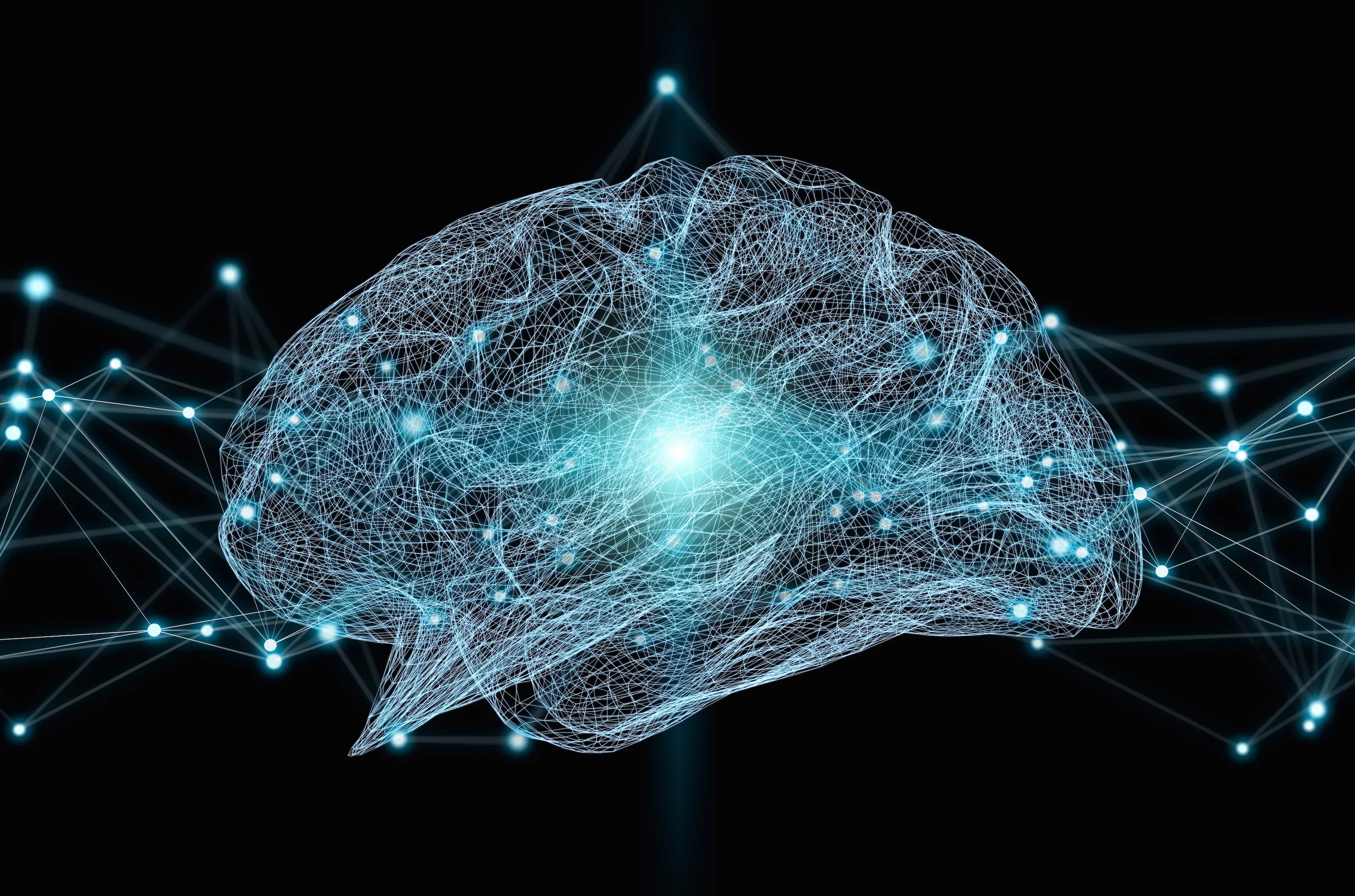The Evolution of Gen AI from Artificial Narrow Intelligence (ANI) to Artificial General Intelligence (AGI)
The evolution of General Artificial Intelligence (Gen AI) from Artificial Narrow Intelligence (ANI) to Artificial General Intelligence (AGI) marks a significant advancement in the field of artificial intelligence. Here's a breakdown of this transition:
What is Artificial Narrow Intelligence (ANI)?
A: Artificial Narrow Intelligence (ANI), also known as Narrow AI or Weak AI, refers to AI systems that are specialized and proficient in performing a specific task or a narrow range of tasks. These systems excel in the execution of predefined functions and lack the ability to generalize their knowledge beyond their designated domain.
How did ANI pave the way for AGI?
The development of Artificial Narrow Intelligence (ANI) laid the foundation for more advanced AI systems. As researchers and engineers gained insights into creating specialized AI for tasks like language translation, image recognition, and gaming, they began exploring ways to enhance AI's cognitive capabilities. This exploration led to the concept of Artificial General Intelligence (AGI), which aims to replicate human-like cognitive abilities across diverse tasks.
What is Artificial General Intelligence (AGI)?
Artificial General Intelligence (AGI) refers to AI systems that possess human-like cognitive abilities, enabling them to understand, learn, and apply knowledge across a wide variety of tasks. Unlike ANI, AGI systems have the capacity to transfer knowledge from one domain to another, adapt to new situations, and exhibit a level of creativity and problem-solving akin to human intelligence.
How has research contributed to the evolution of Gen AI?
Research in artificial intelligence has progressed from building task-specific AI systems to developing algorithms that can learn from data and generalize knowledge. Machine learning techniques, including deep learning and reinforcement learning, have played a pivotal role in enhancing AI's capabilities. These advancements have led to the emergence of Gen AI, which demonstrates a higher degree of cognitive flexibility and adaptability.
What challenges remain in achieving full Gen AI or AGI?
While the transition from ANI to AGI is a remarkable achievement, challenges persist in achieving full-fledged Artificial General Intelligence. AGI systems must possess not only cognitive abilities but also common sense reasoning, emotional intelligence, and a deeper understanding of the world. Additionally, addressing ethical considerations, ensuring safety, and preventing unintended biases remain significant challenges on the path to realizing Gen AI's full potential.

